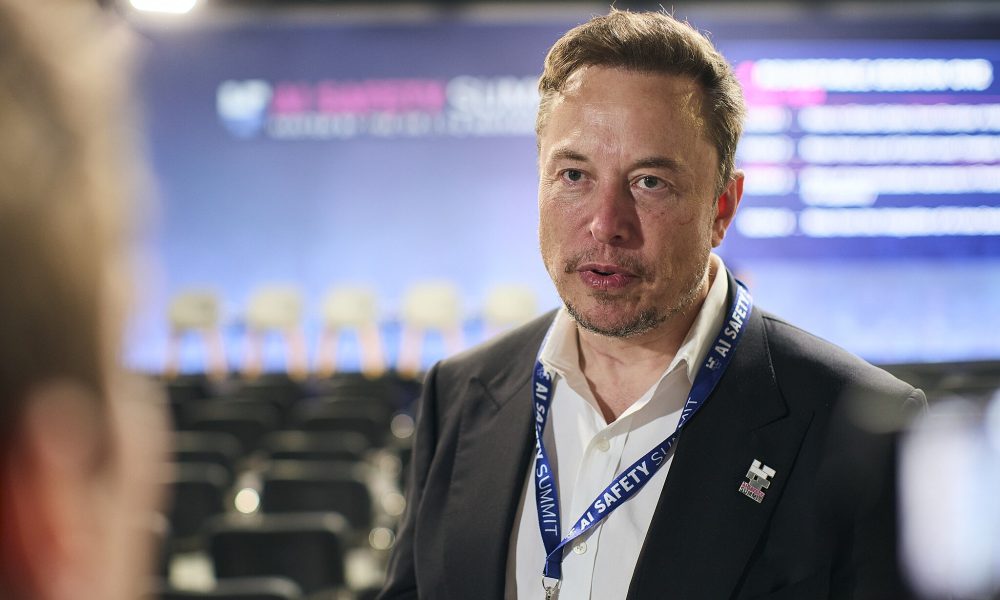He First EU Exa Scale Supercomputer has been officially presentedand has already covered its expectations since its launch, for now partial. So, The Jupiter systemofficially opened last Friday at the Jülich Supercomputing Center, located in the vicinity of the German city of Colonia, has already exceeded the quintillón of operations per secondthe threshold that marks the exaescala.
The part of the inaugurated system is, specifically, the Booster module of the system, a GPUS cluste destined to the management of large -scale simulations and the AI training. It is composed of approximately 6,000 computing nodes, each with four of the Grace Hopper GH200 superchips, and interconnected with each other through NVIDIA Infiniband Quantum-2 network equipment
The inauguration was attended, among others, the European Commissioner of Startups, Research and Innovation, Ekaterina Zaharieva; Germany’s chancellor Friedrich Merz; the Federal Minister of Research, Technology and Space Dorothee Bär; the minister-president of Rin Norte-Westfalia Hendrik Wüst; and the Minister of Culture and Science of Germany, Ina Brandes and the director of the Supercomputation Center Jülich, Thomas Lippert.
Jupiter already held the title of the most powerful computing system in Europe, and fourth in the world, since last July. In addition, a year ago his test module, Jedi, achieved results that had climbed to the first position on the Green500 list, which measures the performance of the most efficient supercomputs in terms of energy consumption.
But as we have mentioned, the supercomputer is not finished, since it only has some modules in operation, and others are still in the process of construction. As with its Cluster module, general purpose, Quier will be prepared to address workloads that do not take advantage of accelerator -based computer. That is, to those who use CPU -based code.
For its creation they have been based on the RHEA1 processor of the European Sipearl Chips company, which presented its final design last July. The first chip of this processor will be ready in early 2026, which means that the Jupiter Cluster module will come somewhat later in 2026. RHEA1 is a chip of 80 cores, based on the Neaven V1 nuclei V1 of ARM. Apparently, the Cluster module will have two RHEA1 processors per computer node, for a total of 1,300 nodes.
JUPITER is in a high performance modular data center composed of 50 modules that occupy more than 2.3 square kilometers. The modular disposition of the data center where it is created, with the objective that the system can be reconfigured or expanding easily. Its construction is in charge of the consortium between partc and Evide, computing division of the ATOS group.
As to Its total construction and operation cost, calculated for six years, reaches 500 million of euros. Of this amount, the half is in charge of the European Supercomputing Initiative, EuroHPC Ju. The rest will be provided by the Federal Ministry of Education and Investigation of Germany and the Ministry of Culture and account of the State of North Rhine-Westphaly.










